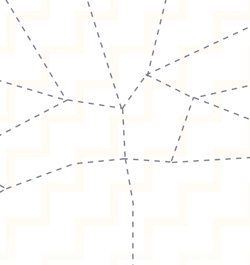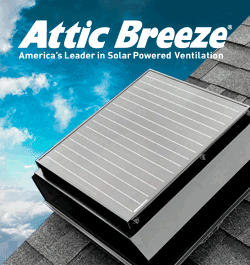How Predictive Analytic Technology Can Grow Your Roofing Business

By Tony Agresta, Vice President of Marketing, Nearmap
Predictive analytic technology is simply using historical data on response or performance to determine who is most likely to buy a product or respond to a promotion.
Predictive analytics is not new, it’s been used by marketers for many years. For example, cataloguers would take a sampling of data, send out a mailing and track who responds. The more data they had about the people such as income, age, interests, prior buying history, the better they could predict future buying behavior since the responders and non-responders could be modeled.
By scoring and modeling the data, a company could focus their dollars and marketing efforts on the people who scored highest and were determined to be the most likely to buy. Rich, accurate models leverage robust data sets. That same concept can be applied to roofing, using modern technology, to determine the properties most likely to need roofing services.
Many roofing contractors today already understand the value that high-resolution aerial maps bring to their business. The images provide a lot of data about a property that satellite imagery cannot. For instance, using freely available satellite imagery, it’s not easy to tell the difference between a solar panel or a skylight on a roof, and it can be hard to tell what type of roofing material is on the property.
With higher-resolution aerial maps, contractors can review properties, see the type of roof, whether there are skylights, solar panels, outbuildings, the presence or absence of trees, and can even look back over time to see how the roofs may have changed. High-resolution aerial maps provide the detail needed to classify features of the property and the grounds. Just the way the cataloguers could use sample data to differentiate responders from non-responders or multi product buyers from single product buyers, aerial maps can be used to create data sets that classify type of roof and other features.
When machine learning algorithms are applied to this new source of data, users can automatically detect which properties have skylights, or solar panels or missing shingles. It could detect the pitch and potentially the type of roof material. Then the algorithm could store all those attributes in a database. The database is important because now you have data about all the properties in an area that can be queried.
Querying the database would allow a contractor to ask for only properties that meet certain criteria to be returned. Perhaps you want roofs of a certain size, or ones that appear to have damage, or only want to look at roofs with asphalt shingles. You no longer must spend the time manually scanning through images of properties, the algorithm does it for you.
By assigning scores to certain characteristics and using artificial intelligence and machine learning, the database can deliver a list of leads that that are prime candidates for a new roof. This allows you to strategically deploy your sales team to the homes that score the highest, rather than walking a neighborhood knocking on every door. Companies providing aerial maps are applying machine learning to vivid imagery. They are refining the algorithms, building accuracy into the models and making the resulting data available to roofers to help drive their business faster.
Learn more about how Nearmap can help your business grow and get a free high-resolution aerial image.






















Comments
Leave a Reply
Have an account? Login to leave a comment!
Sign In